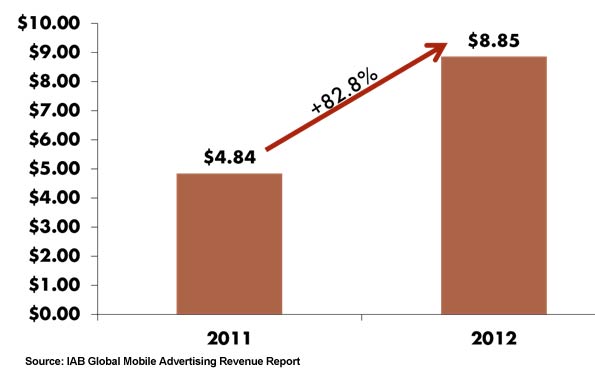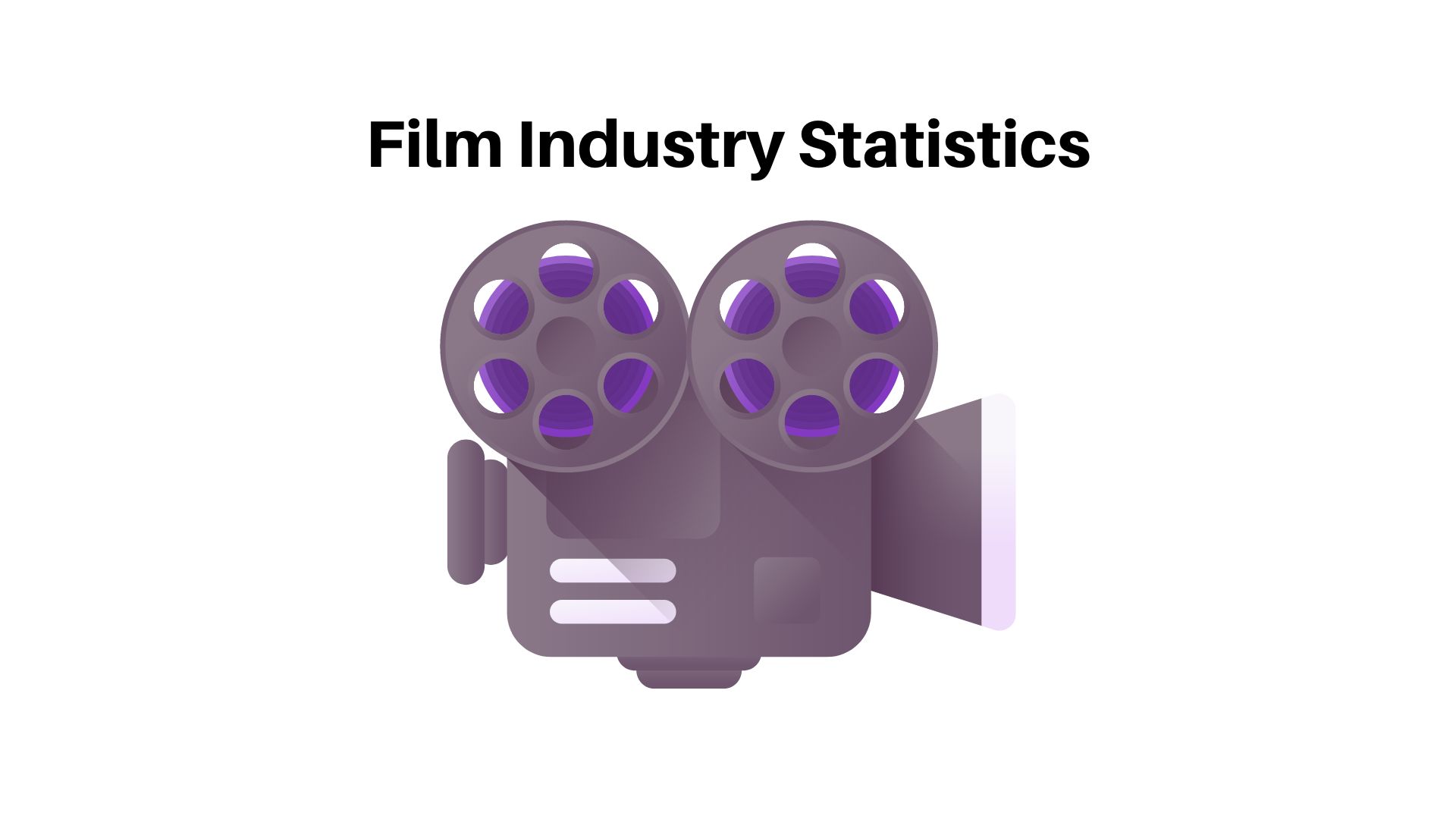Can CRM Software Prevent Mobile Spam?
Page Contents
In an age when consumers and business users are bombarded each day with email, Web banner ads and pop-ups, too much communication is detrimental to many businesses. The duplication of messages is even worse than the frequency. Folks often receive multiple versions of the same message via different mediums.
The problem is getting worse with the rise of smartphones as a channel for marketing and sales systems. Implemented poorly, mobile CRM programs could end up spamming prospective customers and existing buyers via their mobile devices.
“The result of over communication is not only increased cost but less-than-stellar outcomes as consumers become frustrated or confused and begin to tune out,” said Sheryl Kingstone, a director at Yankee Group.
Ed Thompson, an analyst at Gartner, pointed out that salespeople are rarely the cause of mobile spam. They tend to have specific accounts they manage and so contact small numbers of individuals.
On the marketing side, however, campaign management tools can become the culprits if not managed well. Thompson gave the example of a bank in Italy that hit some of its most valuable customers 30 times in a week across several channels including mobile. That's not a good way to win customers and influence potential buyers.
Apart from the fact that many of the messages hit the wrong audience (I don't play golf yet get golf ads and spam regularly because I once subscribed to a golf mag using frequent flier miles so I could give the mag to a friend), a big source of digital advertising irritation for users — especially on mobile channels — is interruption. Spam slows users who are trying to get tasks done.
“The primary reason this happens is organizations focus on their goals (e.g. “need seven touches” or “need to push this product”) and internally focused metrics that cause constant interruptions for users,” said Gartner analyst Hank Barnes.
Loyalty Programs and Mobile Spam
Mobile loyalty programs, which offer prizes, reward points, discounts and other incentives via mobile devices to keep customers coming back, can compound the problem. A company's mobile application could potentially be the first thing a user looks at when he gets up in the morning and the last thing he checks before bed. “What most companies don't realize is that this close level of customer interaction is a privilege and shouldn't be taken for granted,” said Joe Fuster, senior vice president of Global Sales for SAP Cloud.
For example, pushing banner advertisements along the bottom of mobile devices just because someone downloaded an app can be seen as an annoyance.
“There is a fine line between an annoying message and a delightful one,” said Fuster. “The key to a delightful message is that it hits exactly on our personal preferences, at the right time.”
Mobile loyalty programs, then, require much more content consistency than other interaction channels. Users expect to receive content at a certain time on a certain day, and also expect to be able to perform most of the transactions that they can do on other channels. Loyalty transactions can include reviewing loyalty points balance, past loyalty transactions, points transfers and redemption of products and services with loyalty points.
“If the mobile devices fail in content consistency or fall short in meeting the enabled transactions, users will lose interest in interacting with the organization through mobile devices,” said Fuster.
With global mobile ad revenue increasing more than 80 percent, from $5.3 billion in 2011 to $8.9 billion in 2012 according to the Interactive Advertising Bureau, mobile spamming is only going to grow. So what's to be done about it?

Relevance and Mobile Marketing
Gartner's Barnes said the first thing needed is a shift in philosophy. Instead of interrupting when it’s convenient for the vendor, companies need to look at it from the customer perspective. By capturing and leveraging deep contextual data (where the customer is, what they are doing, what they have done in the past), they can make a more educated prediction as to whether an offer (interruption) will be relevant to the user. If it is relevant and valuable, it is not spam.
“Shift your focus from your metrics to asking the question ‘Does this offer provide value to the client, given what we know about their current context?' If yes, you are OK. If no, you are likely to be a pest,” said Barnes. “Without context, everything is an unwanted interruption.”
Yankee Group's Kingstone is a firm advocate of setting up campaigns using an opt-in approach. However, people won't opt in if they don not trust or see value. Companies that create a unique dialogue using the right communications channel at the right time achieve the best results. By storing and analyzing the outcomes of all prior communications, for example, and sharing that information across proper channels, a business can achieve good results.
Integration and Automation
“Independent, standalone conversations are not effective,” said Kingstone. “It is important to integrate channels for better outcomes. Intelligent cross-channel strategies enable seamless communication through any channel.”
However, she cautions against over communicating, which she said is just as bad as under communicating. Businesses need, therefore, to use a combination of insight and technology to interact with everyone on a personal level, regardless of volume. This can only be done by eliminating manual processes and using intelligent automation. Identifying patterns in individual behaviors and preferences in real time without manual intervention is a critical step.
Businesses can deliver a completely different level of personalized service from first contact to cash to care by harnessing key enablers such as SMS message opt-in, mobile Web sites, service and payment reminders, customer satisfaction surveys, product recall notifications and a preference center that drives personalized, targeted customer interactions, said Kingstone. They can also leverage mobile loyalty elements such as cardless loyalty programs that promote engagement around rewards balance reminders and even text-to-pay solutions.
SAP's Fuster concurred, stating that a successfully delivered mobile loyalty program has immediate benefits to a company's top line. He cited an Aberdeen Group study that shows retailers can boost revenue by up to 25 percent via a well-executed loyalty program.
“If companies put in the time and effort to develop a thoughtful mobile loyalty program that truly engages customers, the program will pay dividends that go far beyond just a brief period of interest,” said Fuster.
More Data, More Relevance
Companies can tap an increasing numbers of data sources for customer information: internal systems such as purchase orders or call center records, as well as external sources such as social media channels. Today's buyers transact with at least two channels in a buying cycle. According to the study “Omnicommerce: Taking payments to the next level,” 61 percent of U.S. shoppers look at a store online before purchasing anything. Additionally, 35 percent see an item in a store first, check its price and then purchase it online.
“Organizations must accommodate these new purchasing behaviors by providing customers with the right information no matter which channel they are using,” said Fuster.
SAP recommends building a real-time 360-degree view of the business from internal and external data sources, backed up by analytics to uncover hidden market trends and customer insights. The company offers SAP Consumer Insight 365, a mobile marketing research service, utilizing in-memory, analytics and cloud technologies with the goal of making marketing and CRM initiatives smarter.
Fuster also mentioned engagement software such as SAP Precision Marketing to deliver personalized offers across multiple channels. These offers combine the shopping context and location of the buyer with the company's knowledge of the consumer's profile, preferences and purchase history along with in-store product availability.
Societe de Transport de Montreal, for example, the largest public transit corporation in Québec and provider of more than 1.2 million public transit trips per day, uses SAP Precision Marketing to bring personalized content and offers to a million transit card users. These people are regularly on the move and are looking to understand what's nearby, what's happening and where to find help for daily activities.
“Companies should always promote relevant, clear content at the right time,” said Fuster. “Bombarding customers with useless information is the number one way to make customers lose faith in your company's ability to understand their unique needs.”
Drew Robb is a freelance writer specializing in technology and engineering. Currently living in California, he is originally from Scotland, where he received a degree in geology and geography from the University of Strathclyde. He is the author of Server Disk Management in a Windows Environment (CRC Press).

Drew Robb is a writer who has been writing about IT, engineering, and other topics. Originating from Scotland, he currently resides in Florida. Highly skilled in rapid prototyping innovative and reliable systems. He has been an editor and professional writer full-time for more than 20 years. He works as a freelancer at Enterprise Apps Today, CIO Insight and other IT publications. He is also an editor-in chief of an international engineering journal. He enjoys solving data problems and learning abstractions that will allow for better infrastructure.
